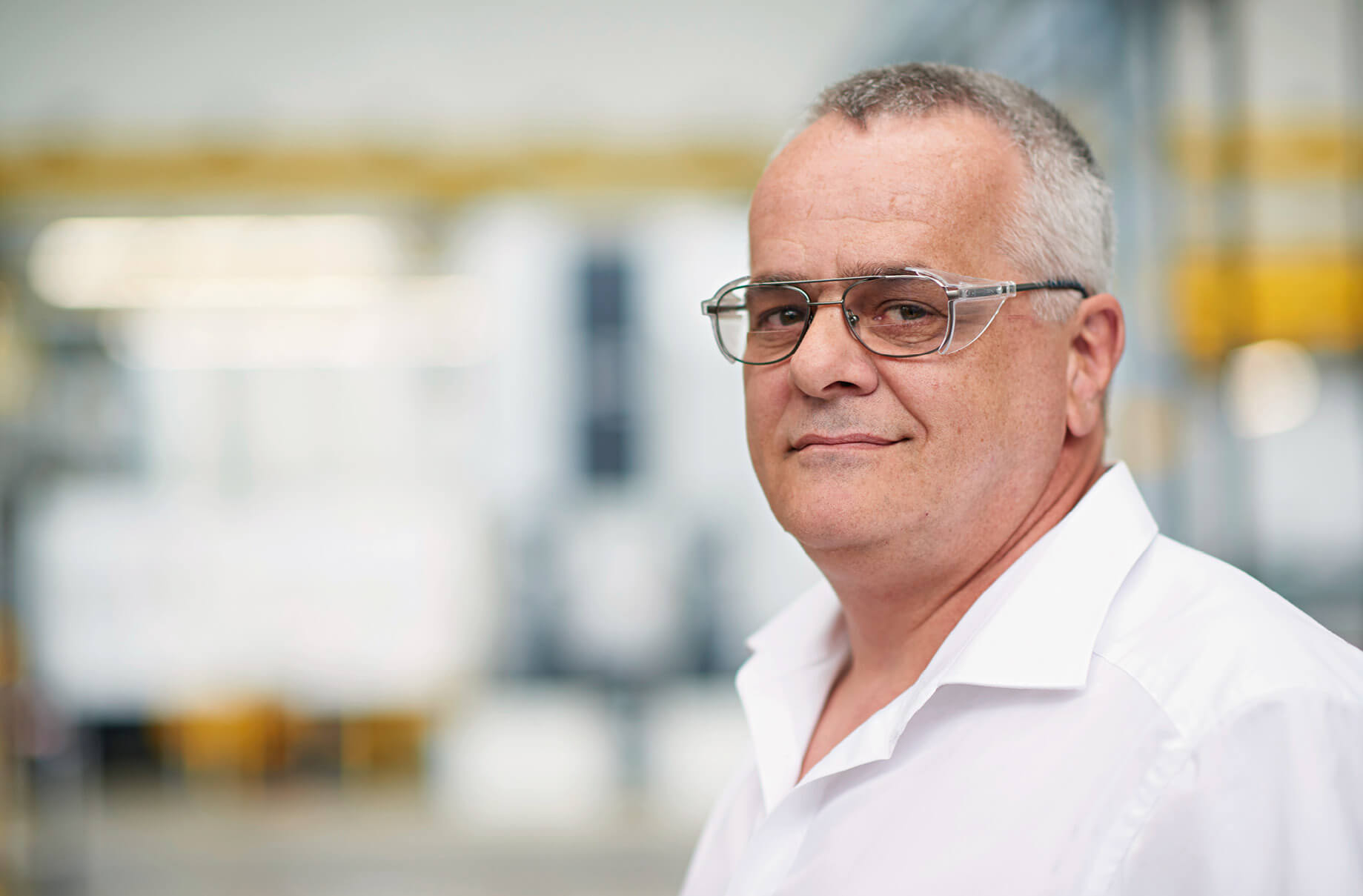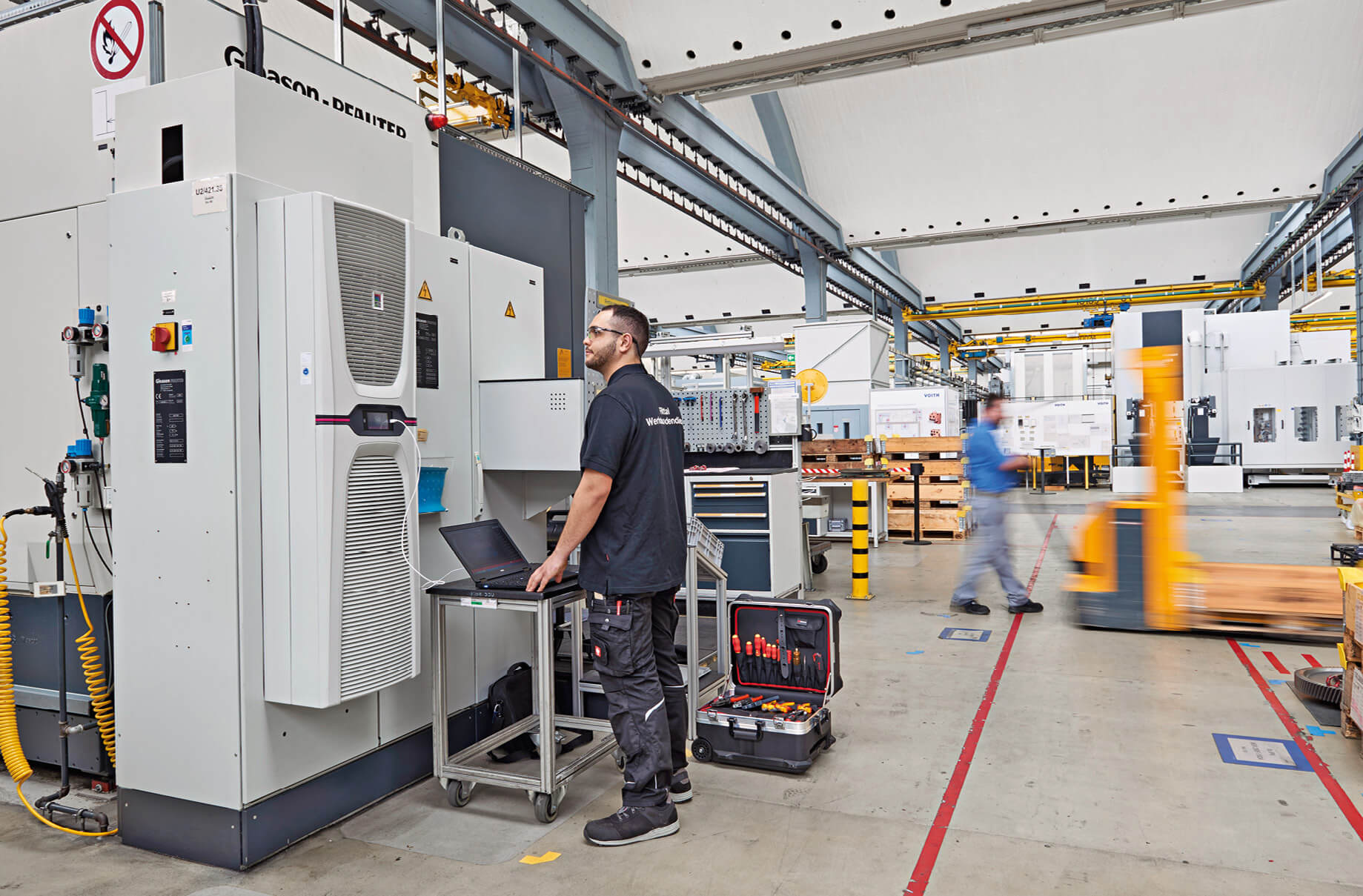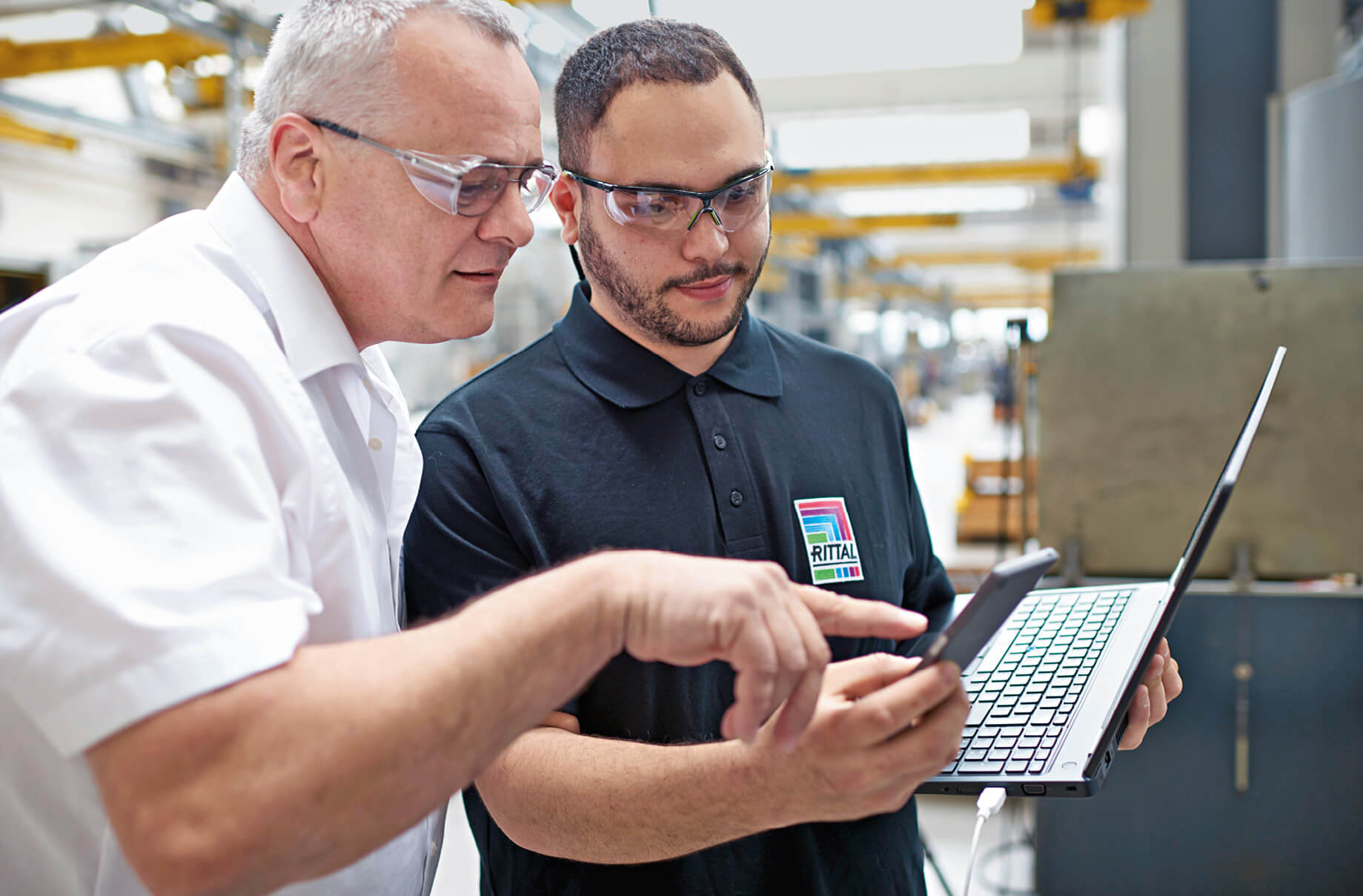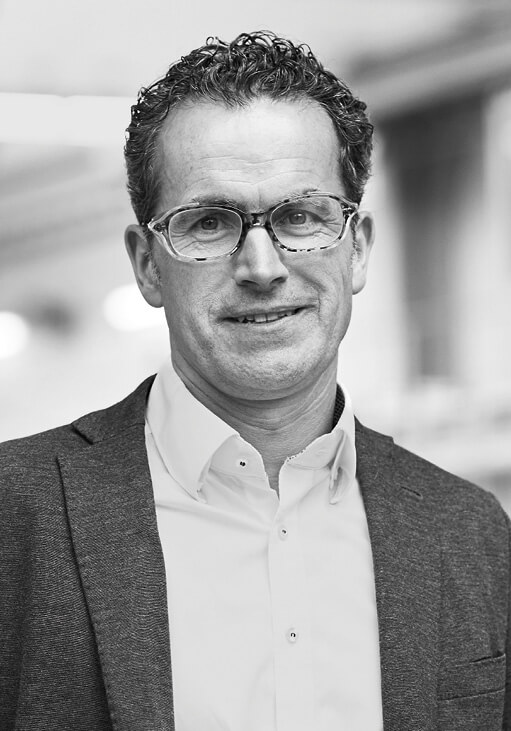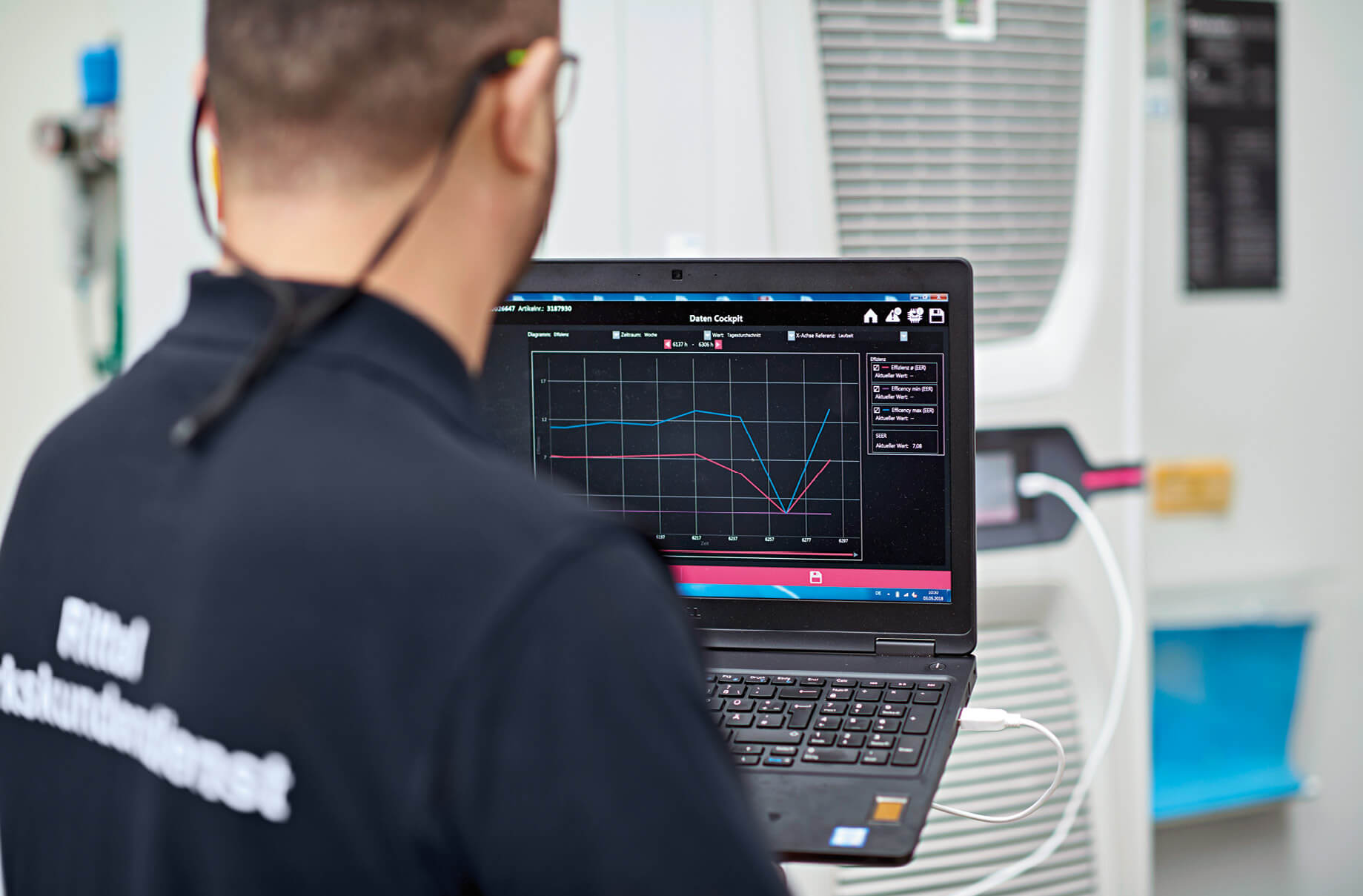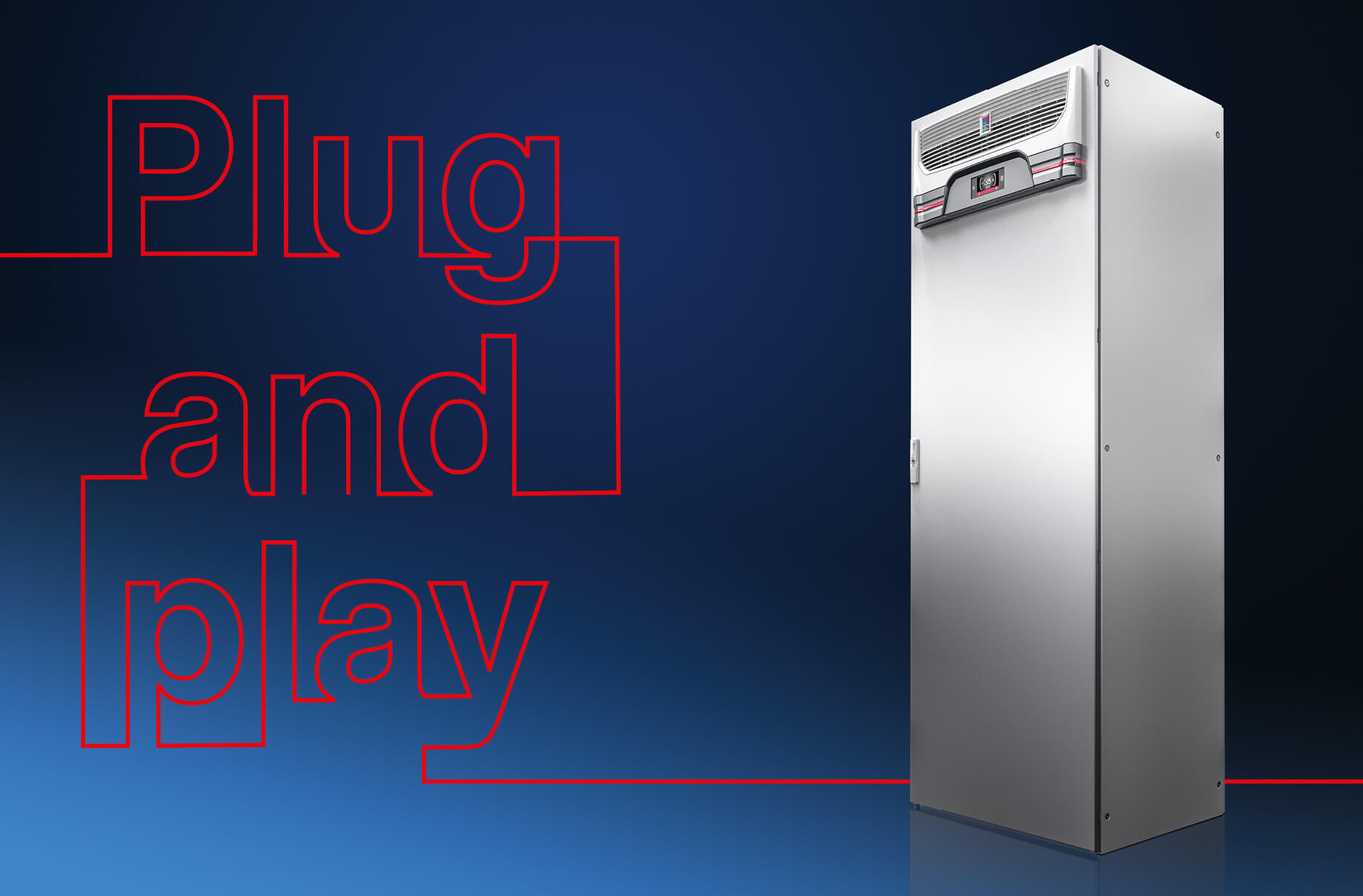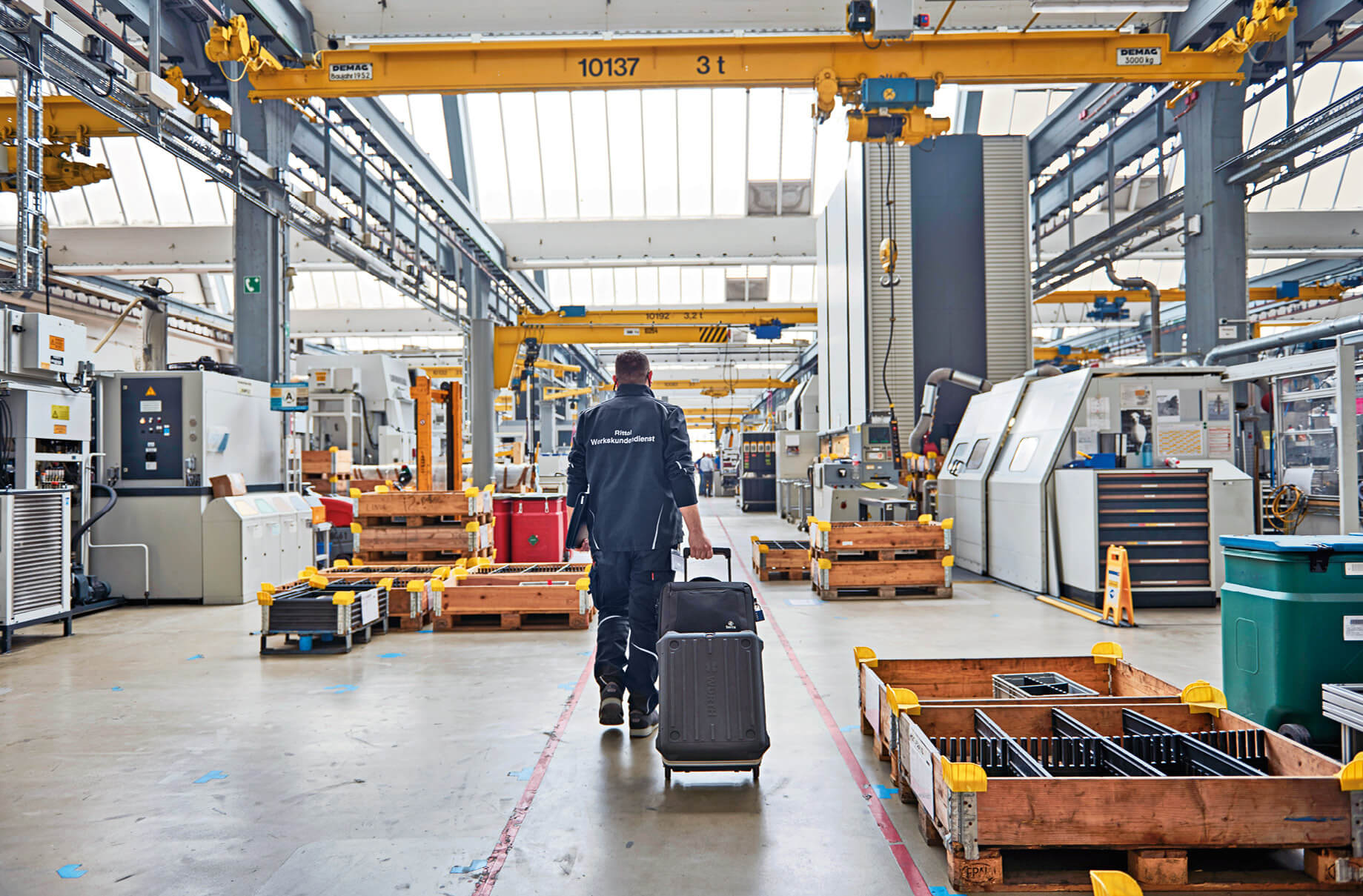While giving a tour of the manufacturing facilities, Markus Brunkal has a story to tell about every machine he passes. Now aged 54, he has been at Voith ever since he began his apprenticeship as a machine fitter. He feels at home here and knows this place like the back of his hand. Since 2011, Brunkal has been focused on sustainability. This friendly figure, born and raised in the Swabia region, is responsible for resource and energy management at Voith Turbo in Heidenheim – the drive technology division of the Voith Group. In Brunkal’s words: “My job requires you to look very closely because it covers every single consumer – from the floor lighting and heating in the manufacturing facilities through to the large production machinery.”
Ambitious goals
Everywhere you turn, there are units in operation whose energy and resource consumption influences the company’s overall usage. “The targets at Voith are highly ambitious, with 20 per cent of energy to be saved over the course of six years,” explains Brunkal. “And we have of course seen to the proverbial low-hanging fruit first.” In other words, the more successful projects that are completed, the harder it becomes to make further progress. Voith Turbo’s savings targets don’t just cover energy, but also water and waste.
